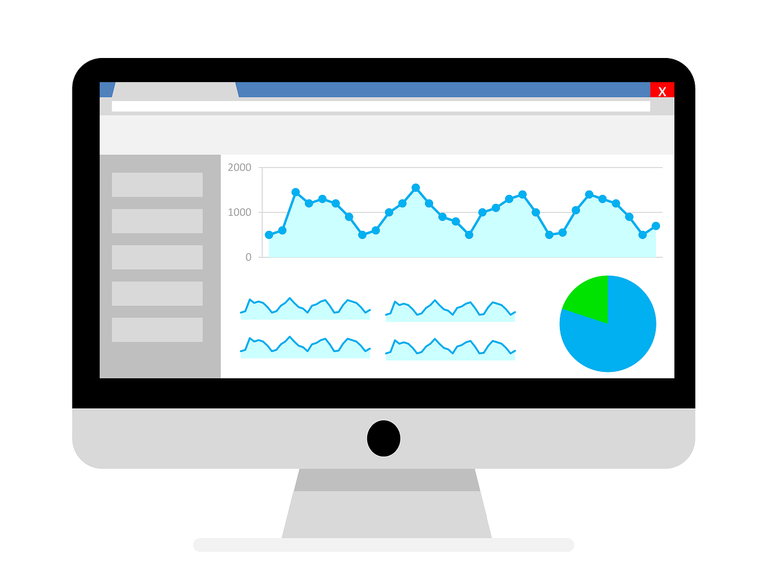Crafting interactive (BI) reports
Many organisations spend their resources on constantly updating Excel spreadsheets and PowerPoint slides, which are then used to inform decision-making at the higher levels. However, with the growing amount of data available and the need to get more fine-grained views of the data so as to answer more specific business questions, using tools such as Excel and PowerPoint becomes ungovernable.

Is it time to abandon the Excel/PowerPoint ship? 🚢
Organisations have different maturity in terms of how they work with data, though there are likely very few organisations which do not make any use of data at all. More old-fashioned businesses or less tech-savvy teams may stick to using tools that can deliver some data-driven insights even if they do so at a great cost in terms of time and energy spent on generating those insights.
While it's positive that decisions are made based on data even if the tools used to inform those decisions are suboptimal, a great potential awaits those who are brave enough to venture into using tools that are more suitable for the job. In 2024, many such tools are available on the market: some of them are completely free, others are paid. Those tools commonly offer greater flexibility and scalability than Excel, not to mention they boost efficiency and minimise the likelihood of human errors impacting your conclusions.
What does developing a modern report take? ⛳
To build a modern, interactive report that can be easily updated either automatically or upon request, it is not enough to have access to the data that will feed into the report and to know how to do the right calculations. Rather, the process requires taking a more holistic approach that starts and ends with making sure the end user's needs are met.
Designing a business intelligence (BI) solution may include:
- Building an ETL data pipeline and/or a data model to facilitate data import
- Performing additional calculations to support data visualisation
- Creating different data visualisations and adding different functionalities to the report (e.g. the ability to use filters and slicers on the data or change the metrics shown on the charts)
- Designing and testing the user interface (UI) of the report in collaboration with end users
- Documenting any calculations and assumptions made in the model
- Onboarding end users to ensure they can make the best possible use of the new product
Developing a modern, interactive report is an iterative process where the end user is involved in both the initial project scoping and the testing phases of the tool that's being designed.
What technologies are fit for modern reporting? 🏅
The market of tools offering you quick, hassle-free ways of automating your reporting pipeline is quite saturated. On the one hand, you have industry standards such as Power BI, Tableau and Qlik Sense. These tools are considered to be easy to use both for developers and end users and they come with a lot of built-in functionality. Generally, they require a paid subscription to use or share reports within the rest of your organisation.
On the other hand, a variety of free and open-source (FOSS) solutions exist. Examples include Shiny apps (R), Dash and Streamlit (Python). These tools have a steeper learning curve but offer more flexibility in terms of the look, feel and features of your reports and may offer lower costs than paid platforms (depending on the way you choose to deploy them). Ultimately, the choice between the two technology types is not clear-cut and will depend on your circumstances.
Ready to get your first interactive report? 🚣♀️
If you would like to take the first step on revamping your reporting portfolio or troubleshoot and maintain existing interactive reports built using Power BI, Python or R, MindGraph can guide you through the process or do the actual development for you. Together, we can craft a draft version of a report, test it with end users, improve the tool based on their feedback and deploy it to the rest of the organisation.
If you believe the time is ripe to leave Excel and PowerPoint behind in favour of something modern, efficient and scalable, feel free to reach out for a free, no-strings-attached 30 minutes meeting where we can discuss your needs in more detail:
